Photo

Line up suspects in the molecular characterization of liver cancer from patients with non-alcoholic steatohepatitis. Cover for the Journal of Hepatology. Artwork by Pablo Echeverria.
21 notes
·
View notes
Photo

Really happy to present our last cover production for the Journal of Hepatology, Non-alcoholic fatty liver disease (NAFLD), type 2 diabetes (T2D) and obesity are tightly related to each other. In this image designed by Margot Riggi, the path of a Möbius strip reveals the unity of all polarities – in this state of oneness, mice representing NAFLD, T2D and obesity go on an infinite journey, leading one to the other.
10 notes
·
View notes
Photo
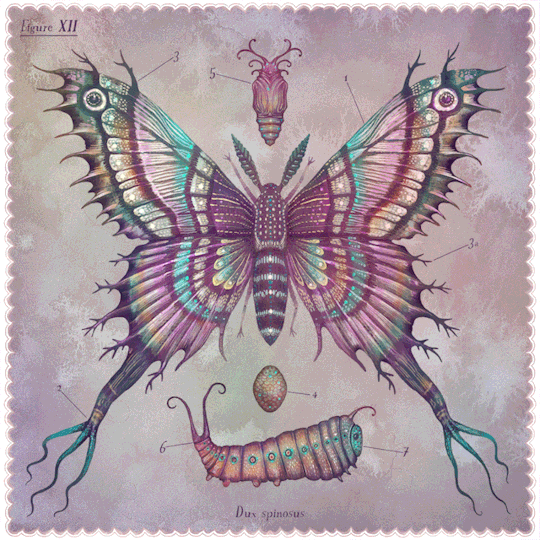


Fluttering Moths Radiate Whimsy in Twinkling Gifs by Vlad Stankovic
886 notes
·
View notes
Photo
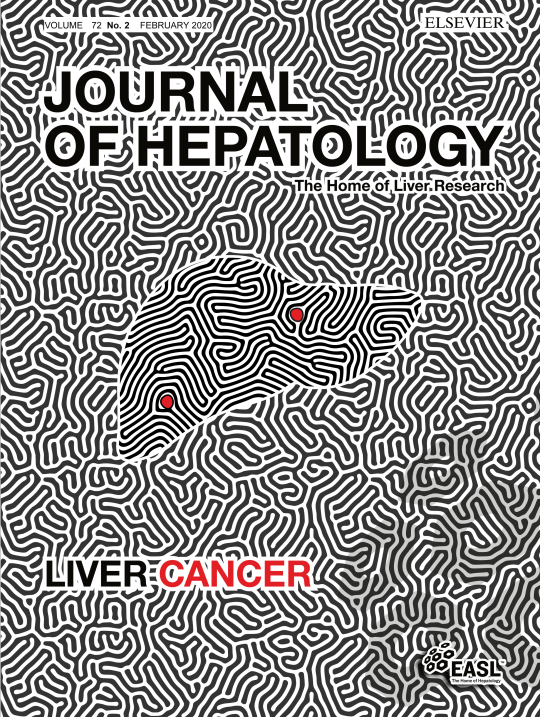
Like going through a maze, intricate paths, countless dead-ends and puzzling progress stymie our understanding of liver cancer – a lot has already been accomplished, but there is still some way to go.
Check here the new issue of the Journal of Hepatology dedicated to liver cancer.
26 notes
·
View notes
Text
Science graphic editing
Looking for scientific illustrators (Freelance) to do extensive figure and graphical abstracts editing for an importan journal. please PM
15 notes
·
View notes
Photo
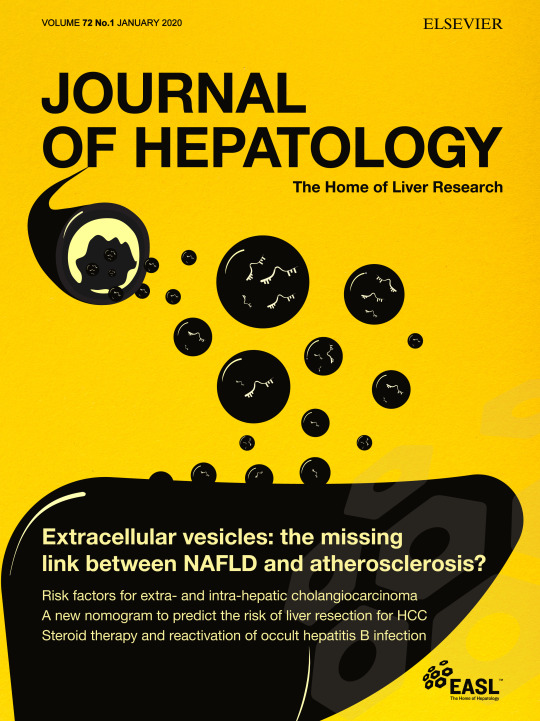
Extracellular vesicles: the missing link between NAFLD and atherosclerosis?
Extracellular vesicles containing microRNA-1 are released by the steatotic liver in this depiction of the novel mechanism proposed to link NAFLD with atherosclerosis. Read article here.
Artwork by Pablo Echeverria.
16 notes
·
View notes
Photo
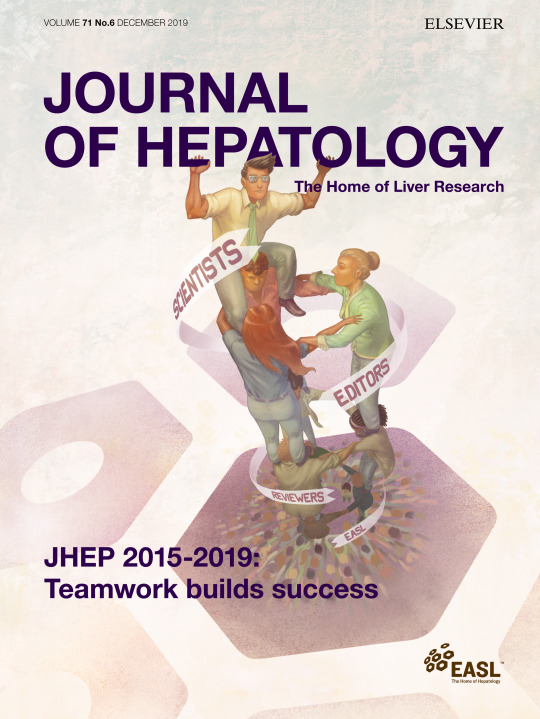
Really proud to present the december's cover of The Journal of Hepatology, which celebrates the completion of the current Editorial team’s 5-year term (2015-2019) in charge of the Journal. The artwork illustrates that the success of this period was the result of the work of all members of the Journal of Hepatology community. This is represented by a “castell”, a human tower traditionally built at festivals in Catalan regions – every “casteller” in the base or upper part of the tower is essential to lift the “castell” into the air. Concept: Ramon Bataller; Production: Editorial office; Artwork: Marcelo Daniel Castro.
11 notes
·
View notes
Photo

Anonymous live liver donation
Really proud to present the last cover of the Journal of Hepatology, accomplished by the magnificent scientist/artist Lu Giono. The artwork highlights the beauty of the altruistic live liver donation. Check the associated research article.
#cover art#cover design#magazine cover#journal of hepatology#hepatology#liver transplant#live liver donation#altruism
7 notes
·
View notes
Photo
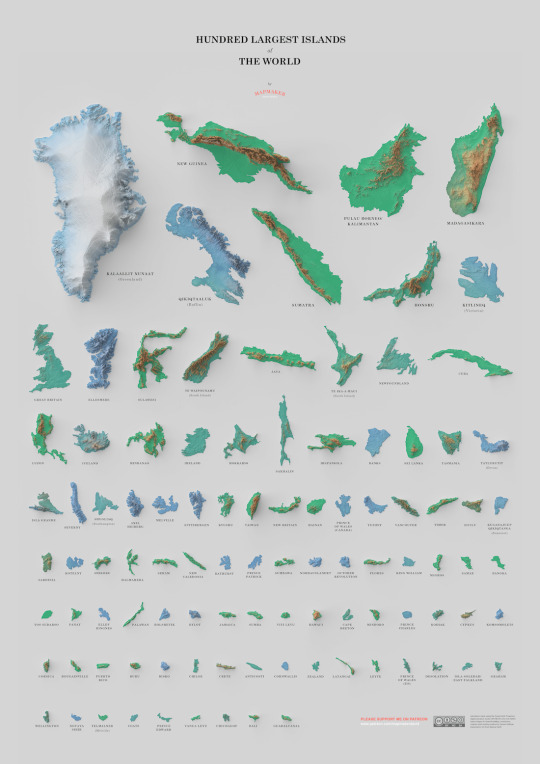
Mapmaker David Garcia has created a comprehensive guide to the Hundred Largest Islands of the World.
59 notes
·
View notes
Photo

The most common sites of surgical mesh implantation in the pelvic floor
A | Anatomical features commonly involved in pelvic floor surgery: pelvic floor muscles and uterosacral ligament (level I support), sacrospinous ligament and arcus tendinous fascia pelvis (ATFP) (level II support) (part Aa and part Ab). The rectum is not included and the uterus is removed when necessary to obtain improve visibility. B | Transabdominal placement of polypropylene (PPL) mesh to treat pelvic organ prolapse (POP) (sacrocolpopexy operations). In these operations, the mesh is secured in a fixed position and mainly experiences a unidimensional downward force. C | Transvaginal implantation of PPL mesh at the level of the midurethra to treat stress urinary incontinence (SUI). Here, a retropubic midurethral sling is depicted. D | Transvaginal placement of PPL mesh for POP repair, 45° lateral view and 30° anterosuperior view. Many variations of these operations exist; here, how the mesh kits be can be used to fix the mesh to the sacrospinous ligament and/or the ATFP (part Da) and the tissue plane in which the mesh is implanted in mesh-augmented anterior colporrhaphy procedures are shown (part Db). In both cases, multi-axial forces are acting on the mesh and a large area of the mesh stays in close proximity to vaginal skin, making it prone to bacterial colonization. All these factors might have contributed to the occurrence of mesh-related complications.
plublished in Nature
10 notes
·
View notes
Photo

Ants and Their Garden
by AmericanScientist
39 notes
·
View notes
Photo
now available at Journal of Hepatology website
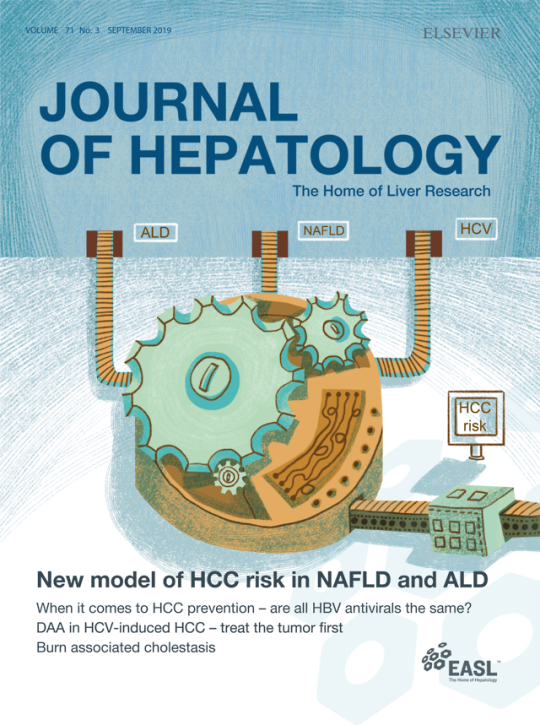
Check the last cover of JHEP: Models estimating risk of hepatocellular carcinoma in VA patients with alcohol or NAFLD-related cirrhosis for risk stratification., by George N. Ioannou et al. https://www.journal-of-hepatology.eu/current
11 notes
·
View notes
Photo

lisaroulin_art
Ne jetons la pierre à personne, nous sommes tous responsables de la bêtise humaine. Nous n’avancerons pas tant que nous continuerons à montrer notre voisin du doigt. Soyons bienveillants, et réfléchissons plutôt à ce que nous pouvons faire à notre échelle, dans notre propre quotidien. À quel aspect de mon confort suis-je capable de renoncer? Que puis-je faire, pour nous? Créons une chaîne de positivité : repost cette illustration dans ta story, si tu le souhaites, ou commente-la, et indique quel engagement tu souhaites prendre pour ta planète? 🌍 Personnellement, je souhaite m’orienter vers une alimentation plus végétale et réduire mes heures de vol en avion. Et toi? 🌟
9 notes
·
View notes
Photo
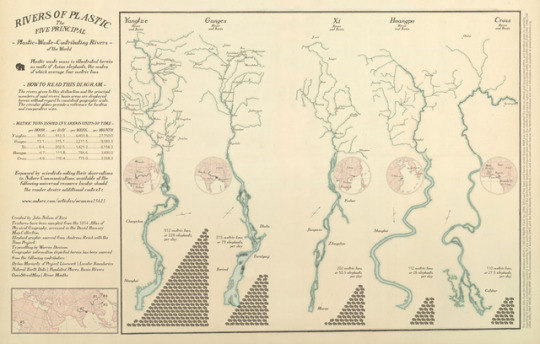
Plastic-Waste-Contributing Rivers of the World
The rivers given to this distraction and the principal members of said rivers' basis areas are displayed herein without regard to consistent geographic scale. The circular globes provide a reference for location and comparative size.
Plastic waste mass is illustrated herein as units of Asian elephants, the males of which average four metric tons.
Created by John Nelson of Esri
published by American Scientist
17 notes
·
View notes
Photo

Overview of aberrant homing in the gut and liver in primary sclerosing cholangitis
Naïve lymphocytes expressing CC-chemokine receptor 7 (CCR7) as well as L-selectin enter the gut-associated lymphoid tissue. Dendritic cells (DCs) which recognised pathogens penetrating the mucosal barrier, will migrate to the draining lymphoid structures to present their antigen to these naïve T cells (1). Via their production of retinal dehydrogenase to transform retinol into retinoic acid, the naïve T cells are imprinted with the gut-homing receptors integrin α4β7 and CC- chemokine receptor 9 (CCR9) (2). These so-called gut-primed T cells will re-circulate into the lamina propria via venules by binding to MAdCAM-1 on endothelium of the blood vessels as well as via interaction between CCR9 and CCL25 (3). Several chemoattractants (e.g. CCL25, CXCL12) can direct the lymphocytes into the lamina propria (4). In primary sclerosing cholangitis, it is hypothesised that gut-primed memory T cells expressing α4β7 and CCR9 could migrate to the liver via aberrantly expressed MAdCAM-1 and CCL25 by portal endothelial cells (5). Expression of CCL28 by biliary epithelial cells could provide a signal to attract CCR10 positive T cells to the portal tracts. Additionally, chemokines including CXCL12 could play a role in retaining CCR9+ lymphocytes around bile ducts. IL-17 stimulates CCL20 and CXCL9-11 expression by biliary epithelium, leading to recruitment of CCR6+ CXCR3+ Th17 cells to the bile ducts (6).
Published in JHEP
12 notes
·
View notes
Photo

Check the last cover of JHEP: Models estimating risk of hepatocellular carcinoma in VA patients with alcohol or NAFLD-related cirrhosis for risk stratification., by George N. Ioannou et al. https://www.journal-of-hepatology.eu/current
11 notes
·
View notes
Photo

Overview of aberrant homing in the gut and liver in primary sclerosing cholangitis
Naïve lymphocytes expressing CC-chemokine receptor 7 (CCR7) as well as L-selectin enter the gut-associated lymphoid tissue. Dendritic cells (DCs) which recognised pathogens penetrating the mucosal barrier, will migrate to the draining lymphoid structures to present their antigen to these naïve T cells (1). Via their production of retinal dehydrogenase to transform retinol into retinoic acid, the naïve T cells are imprinted with the gut-homing receptors integrin α4β7 and CC- chemokine receptor 9 (CCR9) (2). These so-called gut-primed T cells will re-circulate into the lamina propria via venules by binding to MAdCAM-1 on endothelium of the blood vessels as well as via interaction between CCR9 and CCL25 (3). Several chemoattractants (e.g. CCL25, CXCL12) can direct the lymphocytes into the lamina propria (4). In primary sclerosing cholangitis, it is hypothesised that gut-primed memory T cells expressing α4β7 and CCR9 could migrate to the liver via aberrantly expressed MAdCAM-1 and CCL25 by portal endothelial cells (5). Expression of CCL28 by biliary epithelial cells could provide a signal to attract CCR10 positive T cells to the portal tracts. Additionally, chemokines including CXCL12 could play a role in retaining CCR9+ lymphocytes around bile ducts. IL-17 stimulates CCL20 and CXCL9-11 expression by biliary epithelium, leading to recruitment of CCR6+ CXCR3+ Th17 cells to the bile ducts (6).
Published in JHEP
12 notes
·
View notes